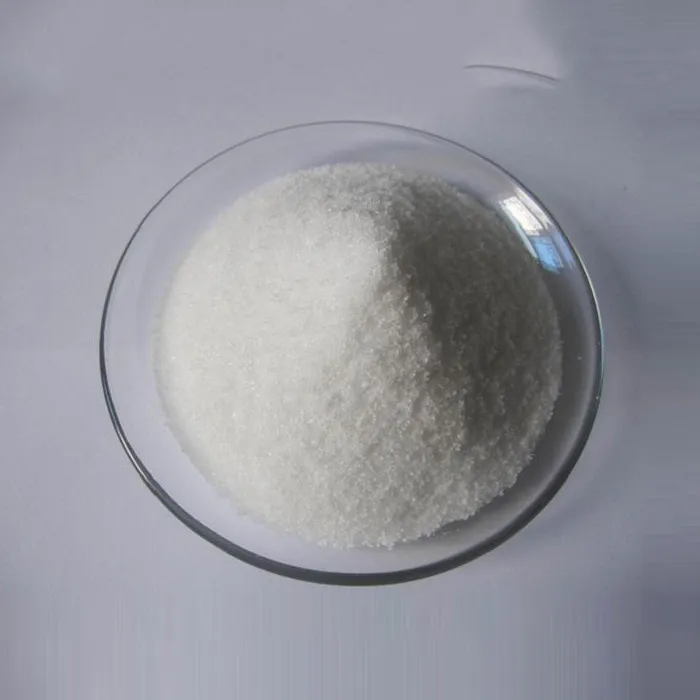Understanding Sodium Thiocyanate Chemical Formula, Properties, and Applications
Sodium thiocyanate is an intriguing compound with the chemical formula NaSCN. It plays a significant role in various fields of chemistry and industry due to its unique properties and versatile applications. This article will explore the chemical structure of sodium thiocyanate, its physical and chemical properties, and its various uses across different industries.
Chemical Structure
The chemical formula NaSCN indicates that sodium thiocyanate consists of three primary elements sodium (Na), sulfur (S), carbon (C), and nitrogen (N). In its ionic form, the compound is a salt where sodium acts as a cation (Na⁺), while the thiocyanate ion (SCN⁻) serves as the anion. The thiocyanate ion is composed of a sulfur atom double-bonded to a carbon atom, which is in turn bonded to a nitrogen atom. The overall structure forms a linear arrangement, crucial for its interactions in various chemical reactions.
Physical Properties
Sodium thiocyanate appears as a white crystalline solid, typically in the form of granules or powder. It is hygroscopic, meaning it can absorb moisture from the atmosphere. This property can pose management challenges during storage and transportation. Sodium thiocyanate has a melting point of approximately 287°C and a solubility of about 54 g per 100 mL of water at room temperature, making it quite soluble in aqueous solutions.
The compound is known to be stable under standard conditions, but it can decompose at elevated temperatures, releasing toxic gases such as sulfur dioxide and nitrogen oxides. Therefore, handling sodium thiocyanate requires appropriate safety precautions to mitigate potential hazards.
Chemical Properties
As a salt of thiocyanic acid, sodium thiocyanate exhibits unique chemical properties that make it versatile in various reactions
. It can participate in complexation reactions with transition metals, resulting in the formation of metal thiocyanate complexes that are often colored and can be used as indicators in analytical chemistry.The compound can also hydrolyze in the presence of water to yield thiocyanic acid and sodium hydroxide. Additionally, sodium thiocyanate is known for its ability to act as a source of thiocyanate ions, which can serve as nucleophiles in organic reactions, enhancing its utility in synthetic chemistry.
sodium thiocyanate chemical formula

Applications
Sodium thiocyanate finds numerous applications across various industries, including
1. Agriculture It is used as a herbicide and pesticide. Its effectiveness in controlling certain pests makes it a valuable tool for farmers seeking to enhance crop yields.
2. Laboratory Use In analytical chemistry, sodium thiocyanate is used to determine the concentration of certain metals through colorimetric methods. The formation of colored complexes indicates the presence of specific ions in a solution.
3. Pharmaceuticals The compound is valuable in synthesizing various pharmaceuticals. It is often used in the preparation of drugs that target conditions related to the thyroid, as thiocyanates can influence thyroid hormone production.
4. Manufacturing Sodium thiocyanate serves as an intermediate in the production of various chemicals, including dyes and plastics. Its ability to participate in organic reactions makes it an important building block in synthetic chemistry.
5. Detoxification In environmental chemistry, sodium thiocyanate can be employed to detoxify water polluted with heavy metals by forming non-toxic complexes with the metals, aiding in their removal.
Conclusion
Sodium thiocyanate is a compound with a simple chemical formula (NaSCN) that belies its complex and valuable nature. Through its unique properties and diverse applications, it serves critical roles in agriculture, industry, and scientific research. Understanding the significance of sodium thiocyanate and its interactions can lead to innovations and improvements in various fields. As research continues, the potential new uses for sodium thiocyanate may be uncovered, further solidifying its importance as a chemical compound in modern science and industry.

